- Joined
- Oct 9, 2007
- Messages
- 47,670 (7.43/day)
- Location
- Dublin, Ireland
| System Name | RBMK-1000 |
|---|---|
| Processor | AMD Ryzen 7 5700G |
| Motherboard | Gigabyte B550 AORUS Elite V2 |
| Cooling | DeepCool Gammax L240 V2 |
| Memory | 2x 16GB DDR4-3200 |
| Video Card(s) | Galax RTX 4070 Ti EX |
| Storage | Samsung 990 1TB |
| Display(s) | BenQ 1440p 60 Hz 27-inch |
| Case | Corsair Carbide 100R |
| Audio Device(s) | ASUS SupremeFX S1220A |
| Power Supply | Cooler Master MWE Gold 650W |
| Mouse | ASUS ROG Strix Impact |
| Keyboard | Gamdias Hermes E2 |
| Software | Windows 11 Pro |
Here are some of the first pictures of the ASUS GeForce RTX 4070 SUPER Dual OC, the company's close-to-MSRP custom-design implementation of the upcoming RTX 4070 SUPER, which is expected to be announced on January 8, with reviews and retail availability a week later. The card very closely resembles the design of the RTX 4070 Dual OC, but with one major difference—the single 8-pin PCIe power connector makes way for a 16-pin 12VHPWR. Considering that the ASUS Dual OC series tends to come with a nominal factory OC at power limits matching NVIDIA reference, this is the first sign that the RTX 4070 SUPER in general might have typical graphics power (TGP) above what a single 8-pin could fulfill, and so we've given a 12VHPWR, just like every RTX 4070 Ti. The cards will include an NVIDIA-designed adapter that converts two 8-pin PCIe to a 12VHPWR, with its signal pins set to tell the graphics card that it can deliver 300 W of continuous power.
The GeForce RTX 4070 SUPER is based on the same AD104 silicon as the RTX 4070 and RTX 4070 Ti, with its ASIC code rumored to be "AD104-350." The SKU allegedly enables 56 out of 60 streaming multiprocessors (SM) present on the silicon, giving it 7,168 out of 7,680 CUDA cores. This is a big increase from the 5,888 CUDA cores (46 SM) that the vanilla RTX 4070 is configured with. The memory subsystem is expected to be unchanged from the RTX 4070 and RTX 4070 Ti—12 GB of 21 Gbps GDDR6X across a 192-bit memory interface; leaving NVIDIA with one possible lever, the ROP count. While the RTX 4070 Ti has 80 ROPs, the RTX 4070 has 64. It remains to be seen how many the RTX 4070 SUPER gets. Its rumored TGP of 225 W is behind the switch to 12VHPWR connectors.
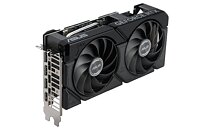
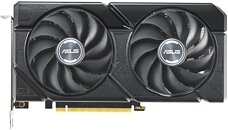
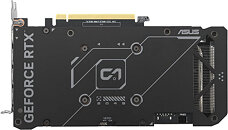
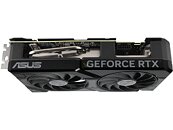
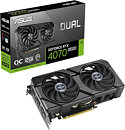
View at TechPowerUp Main Site | Source
The GeForce RTX 4070 SUPER is based on the same AD104 silicon as the RTX 4070 and RTX 4070 Ti, with its ASIC code rumored to be "AD104-350." The SKU allegedly enables 56 out of 60 streaming multiprocessors (SM) present on the silicon, giving it 7,168 out of 7,680 CUDA cores. This is a big increase from the 5,888 CUDA cores (46 SM) that the vanilla RTX 4070 is configured with. The memory subsystem is expected to be unchanged from the RTX 4070 and RTX 4070 Ti—12 GB of 21 Gbps GDDR6X across a 192-bit memory interface; leaving NVIDIA with one possible lever, the ROP count. While the RTX 4070 Ti has 80 ROPs, the RTX 4070 has 64. It remains to be seen how many the RTX 4070 SUPER gets. Its rumored TGP of 225 W is behind the switch to 12VHPWR connectors.





View at TechPowerUp Main Site | Source





